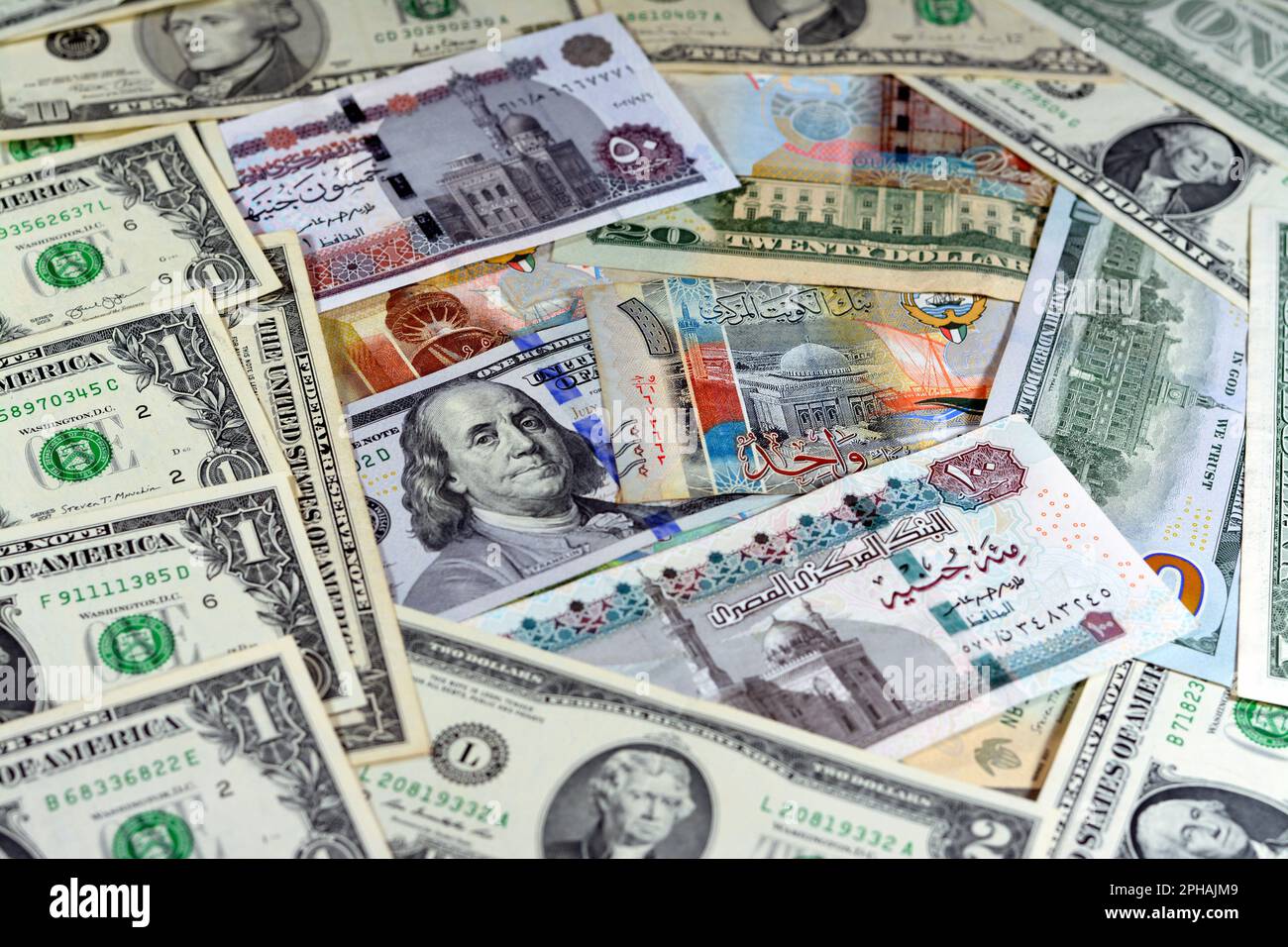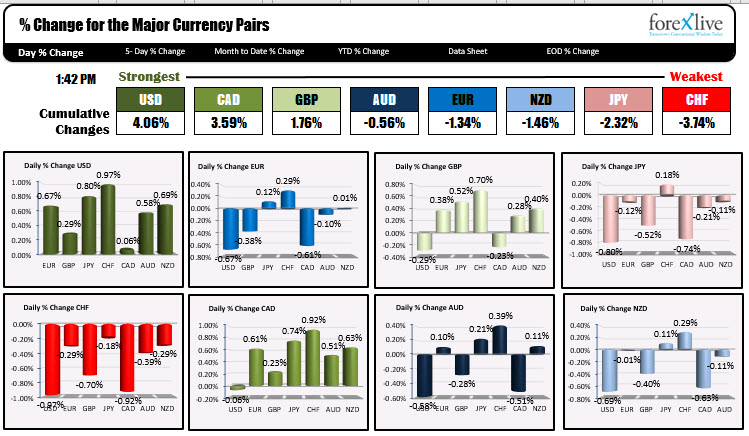

“At a very high level, a CBDC is just digital money that would be issued by the central bank,” Sarah Hammer, the managing director of the Stevens Center for Innovation in Finance at the Wharton School of the University of Pennsylvania, told CNN Business. There are differing opinions on how this would work and what it would look like, but in theory it could alleviate the need for third-party processors when transferring money. The Federal Reserve defines CBDCs as “a digital form of central bank money that is widely available to the general public.” A key difference from current forms of digital cash in a bank account or payment app is that the money would be a liability of the Fed and not commercial banks - hence the “central bank money.” This means it would be an actual US dollar in digital form, not an investment in a cryptocurrency or a holding in your PayPal.

What is a Central Bank Digital Currency and how would it work? With the Biden administration now throwing new weight behind innovating Americans’ money, here’s what to know about a potential CBDC. “Central banks are rolling up their sleeves and familiarizing themselves with the bits and bytes of digital money.”ĭavid Yermack, the finance department chair at New York University’s Stern School of Business, told CNN Business that it is now “inevitable the entire world will be issuing money in this way.” In the United States, the pandemic propelled demand for cashless payment methods and many Main Street investors have embraced cryptocurrencies like bitcoin and ethereum, putting pressure on the government not to fall behind on the trend. “We have moved beyond conceptual discussions of CBDCs and we are now in the phase of experimentation,” Georgieva said.

All told, around 100 countries are exploring CBDCs at one level or another, International Monetary Fund managing director Kristalina Georgieva said during remarks at the Atlantic Council think tank last month. Part of President Joe Biden’s executive order regarding digital assets on Wednesday includes “placing urgency on research and development of a potential United States CBDC, should issuance be deemed in the national interest,” according to an accompanying fact sheet released by the White House.Ĭhina, the world’s second-largest economy by gross domestic product, soft-launched its digital renminbi in January and the CBDC already boasts more than a hundred million users. Now, the United States is the latest to signal “urgency” in researching a potential digital version of its dollar via a Central Bank Digital Currency, or CBDC. As technology continues to revolutionize the way people live, work and spend, central banks around the globe have kicked off efforts to reinvent their local currencies for the digital era.


 0 kommentar(er)
0 kommentar(er)
